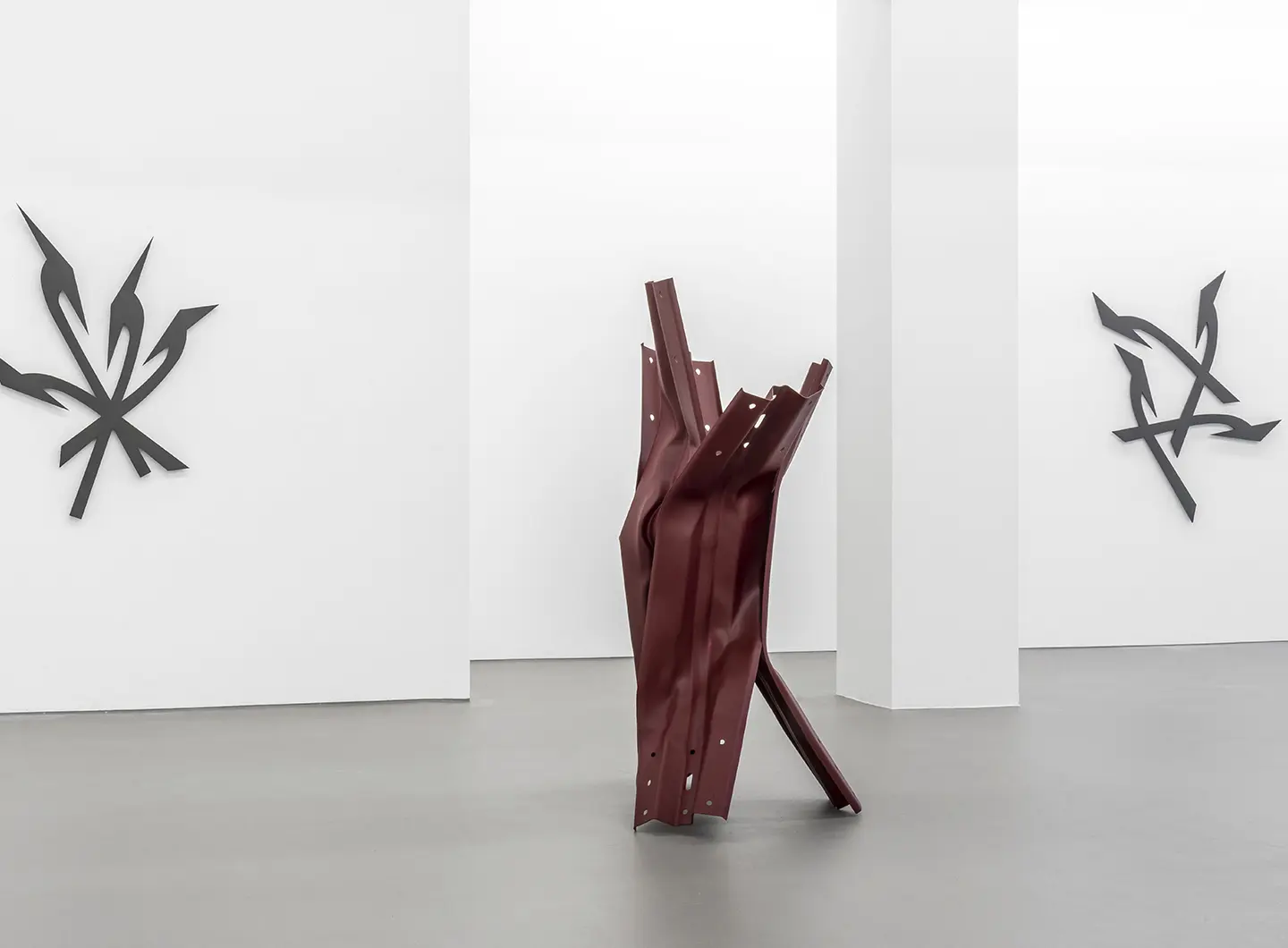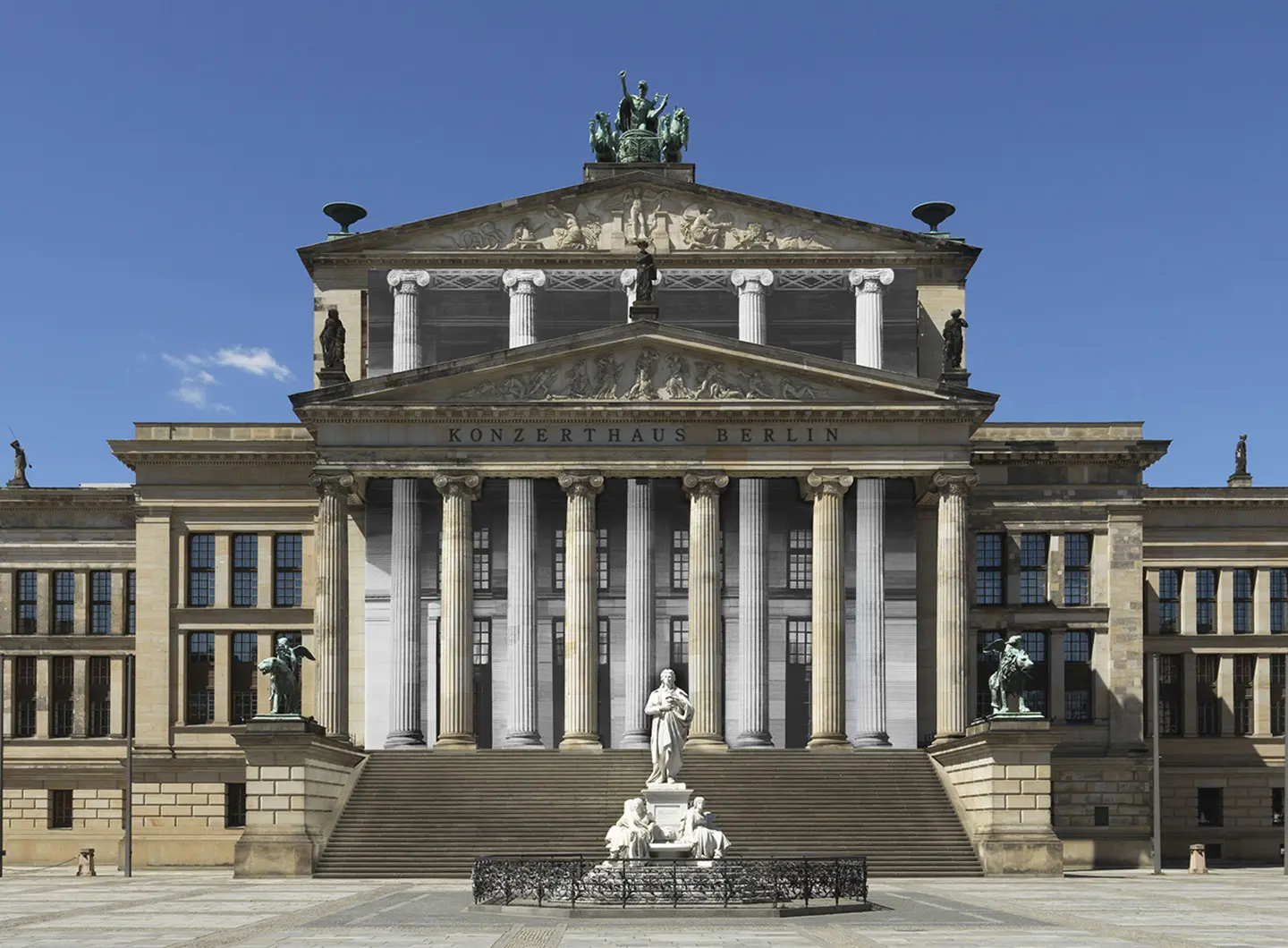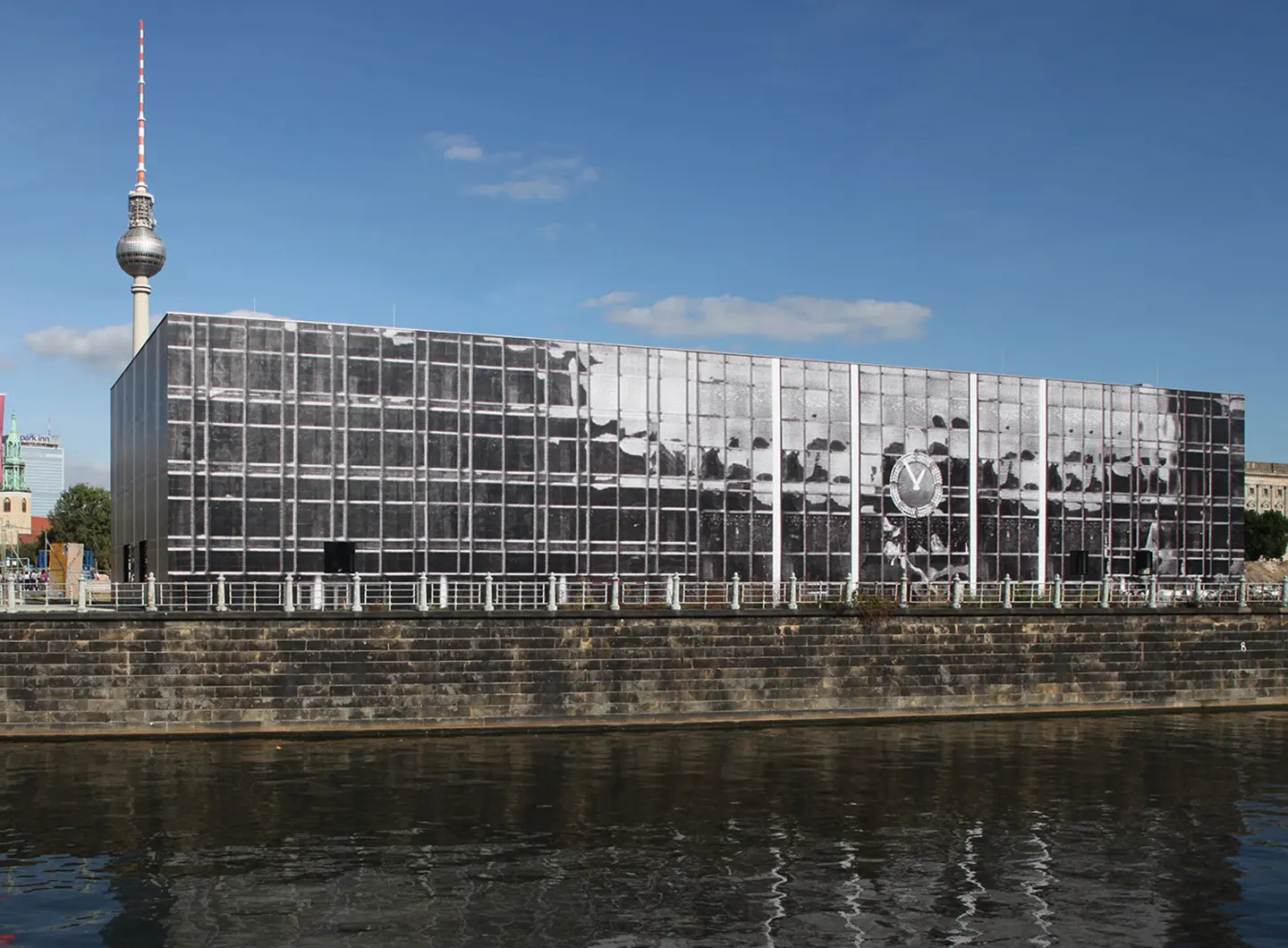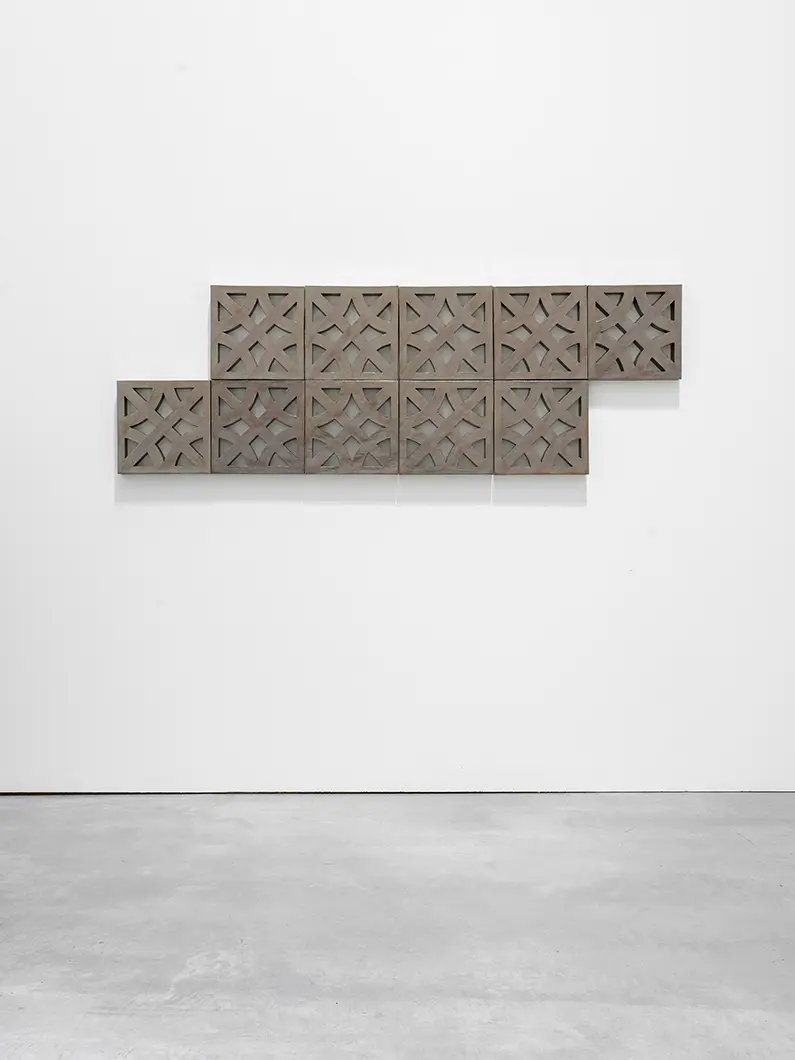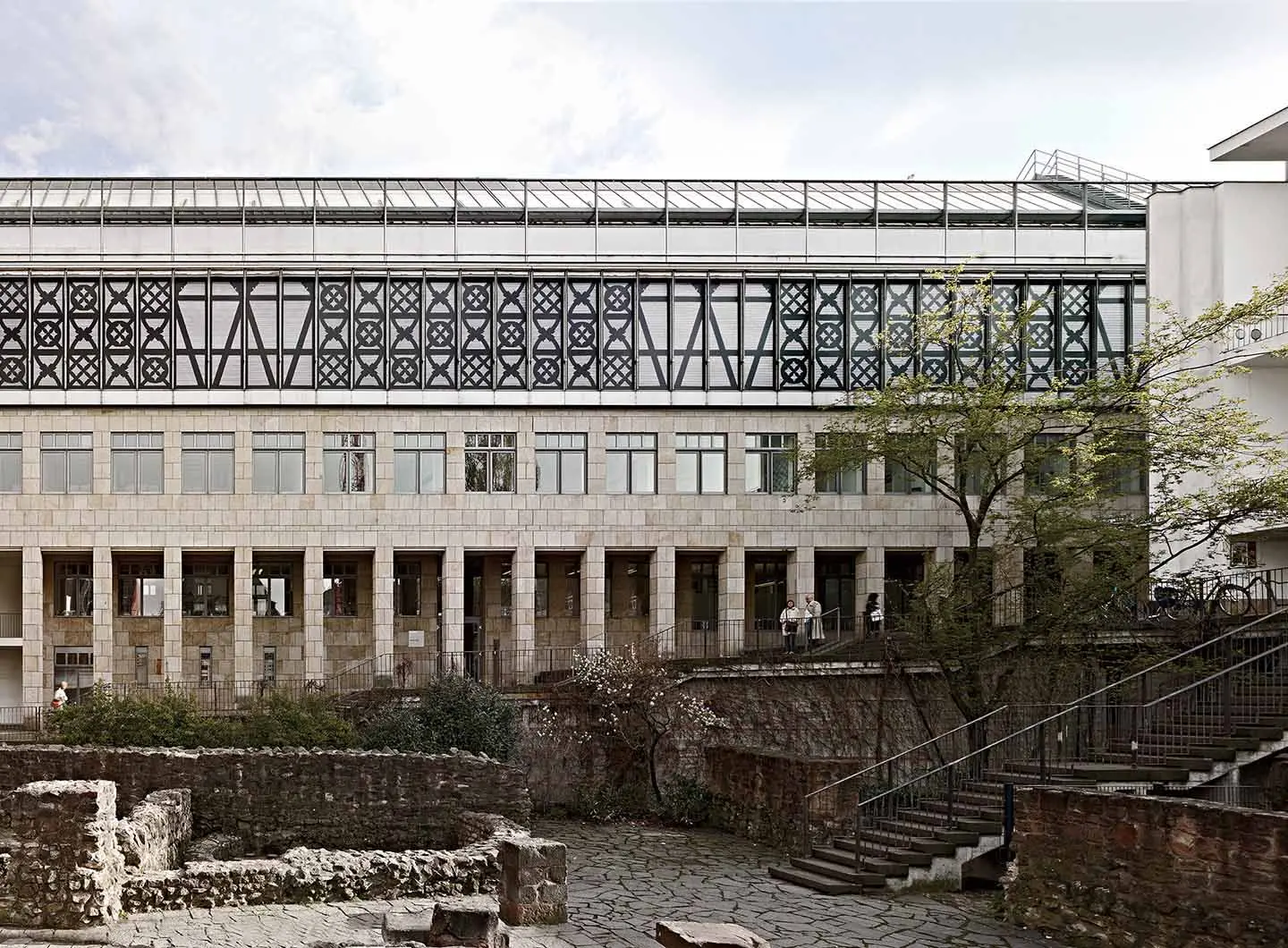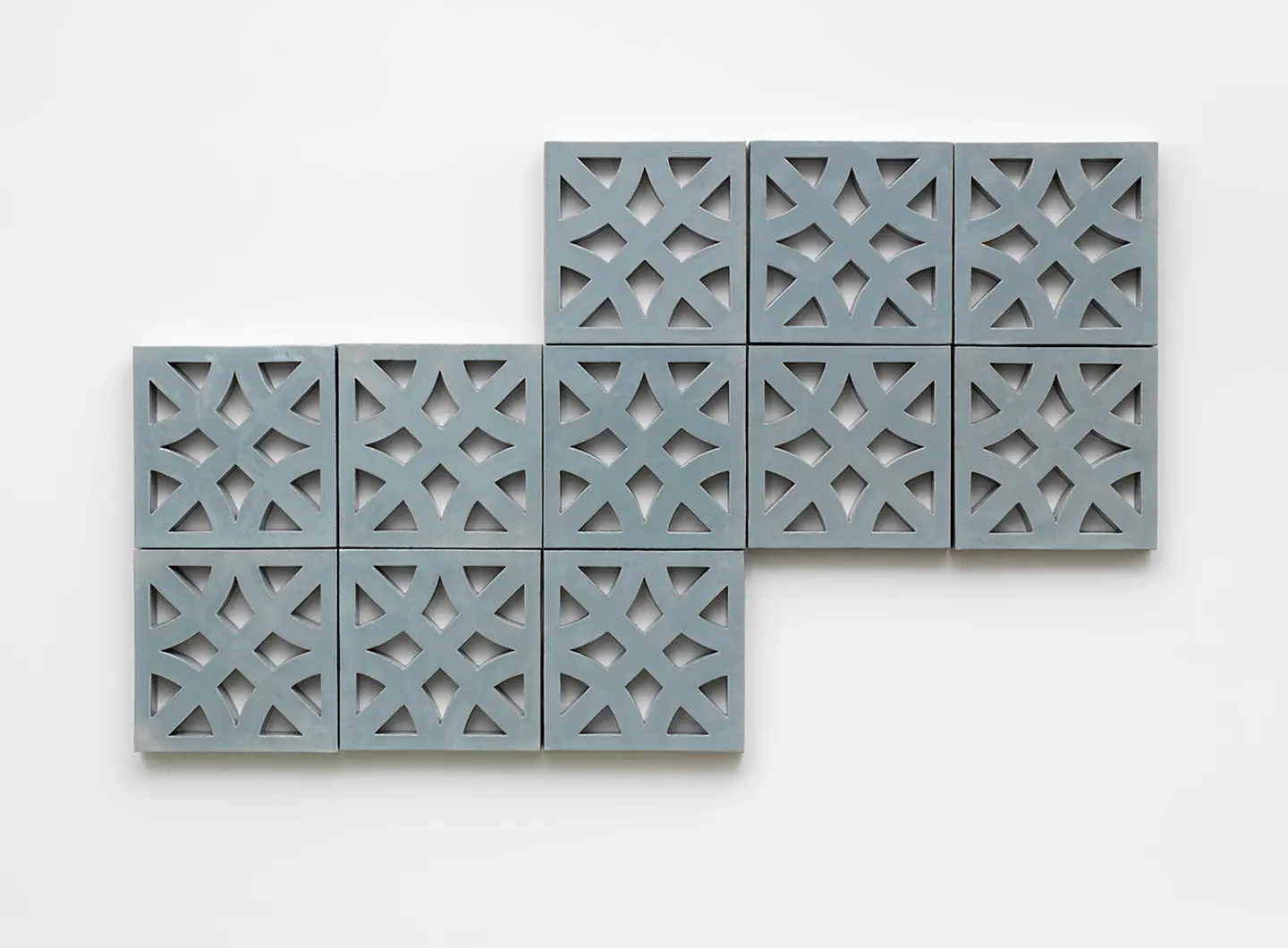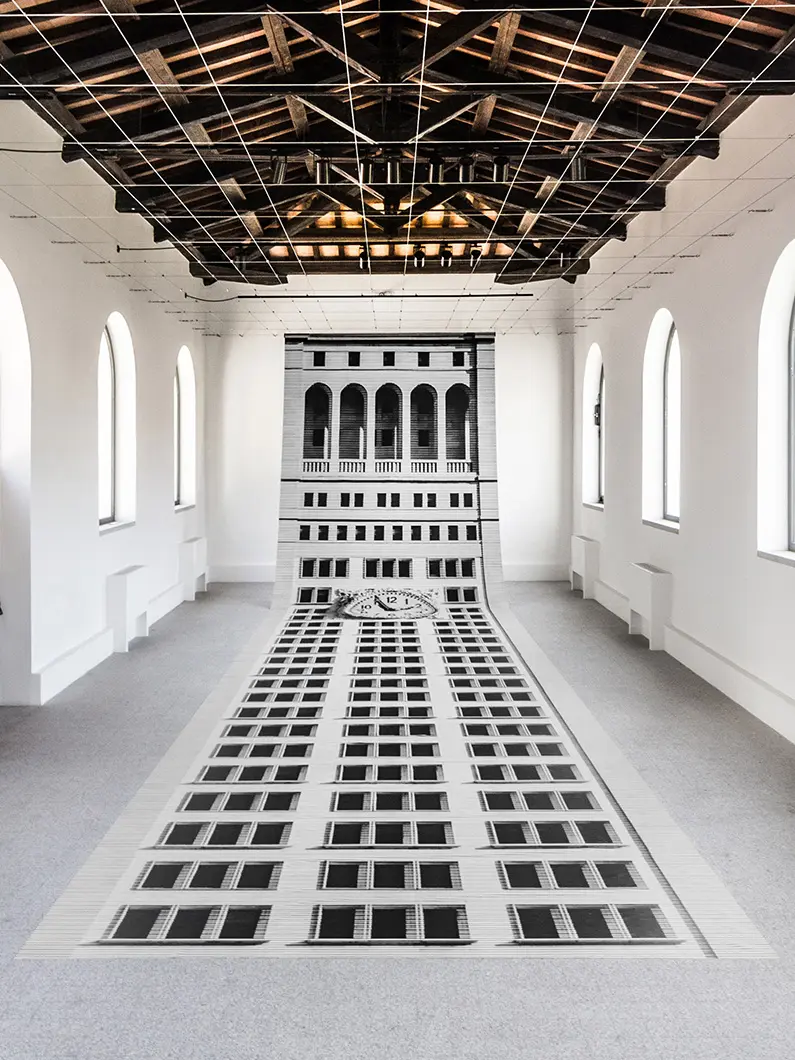From BIG to David Chipperfield, Frank Gehry to Snøhetta: a world tour of the best buildings set to open in 2026
Urban space in the art of Bettina Pousttchi
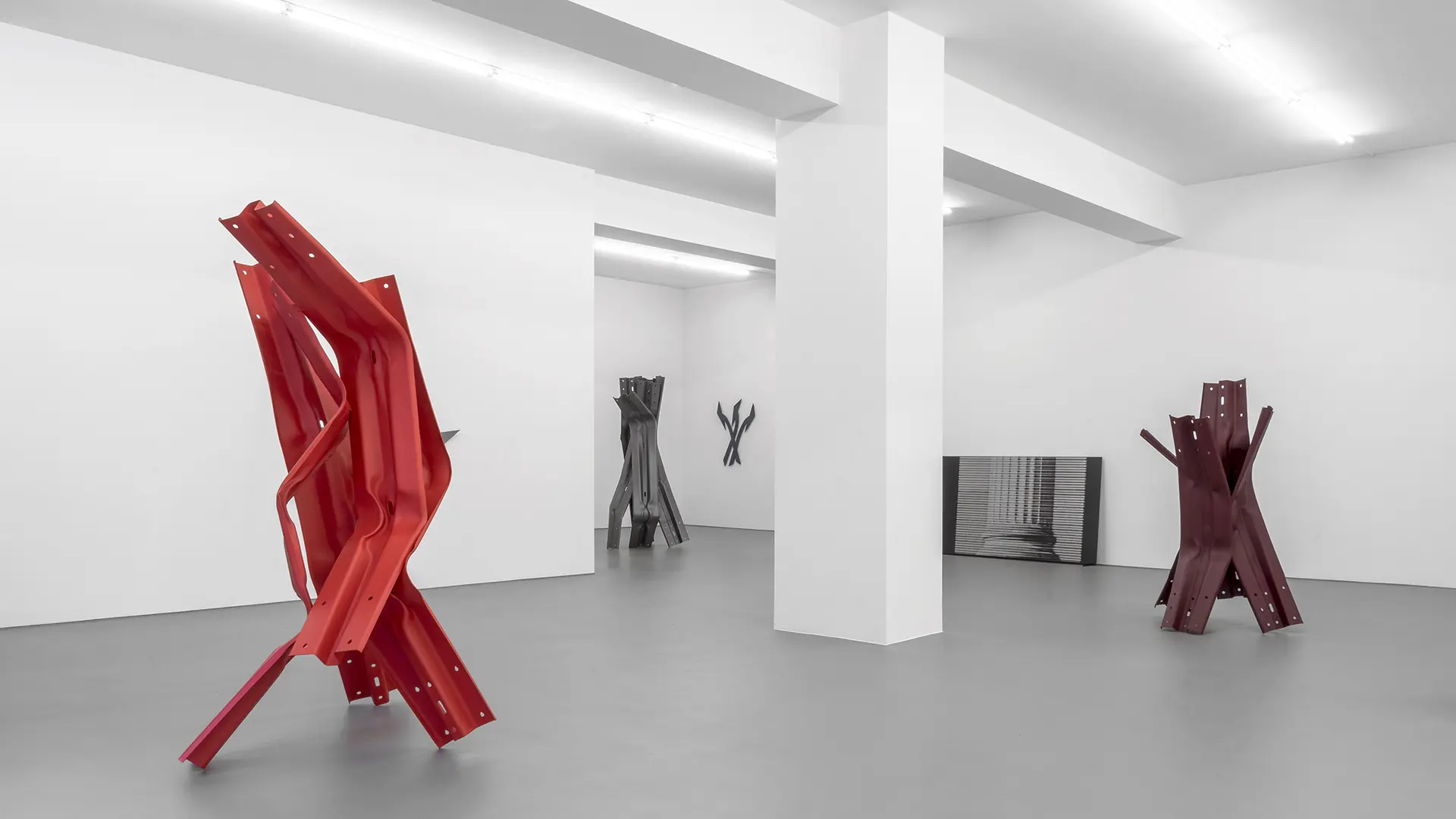
Bettina Pousttchi at Buchmann Galerie
The German artist is exhibiting at Berlin’s Buchmann Galerie until 30th October. She turns street furniture into sculpture in a reflection on how it conditions our movements.
Our movements through the urban space are powerfully conditioned by elements we largely only perceive unconsciously, despite their power over us. Bicycle racks, poles, columns and chains harness our unconscious to direct our movements, without our realising it. Based on this reflection, the German artist Bettina Pousttchi of Iranian origin, born in 1971, embarked on an art project based on the deformation of poles, barriers and crash barriers. “My interest revolves around the external space,” she told us, sitting at her desk in her light-filled studio in Berlin. “By manipulating elements of street furniture – a lengthy process that I carry out intuitively, using a mechanical press, on materials that I don’t remove from the street, but acquire online – I aim to render them visible. So bent and twisted in on themselves that they take on an almost human aspect - it is as if they were embracing, despite the fact that their original purpose was to divide.” Bettina Pousttchi’s research has recently encompassed another element, directional arrows, which she has turned into a series of metal wall-sculptures entitled Directions. A solo exhibition is being devoted to these at the Buchmann Galerie in Berlin (until 30th October), in which new works dialogue with her Vertical Highways series, deformed crash barriers positioned vertically to become structures with almost architectural references.
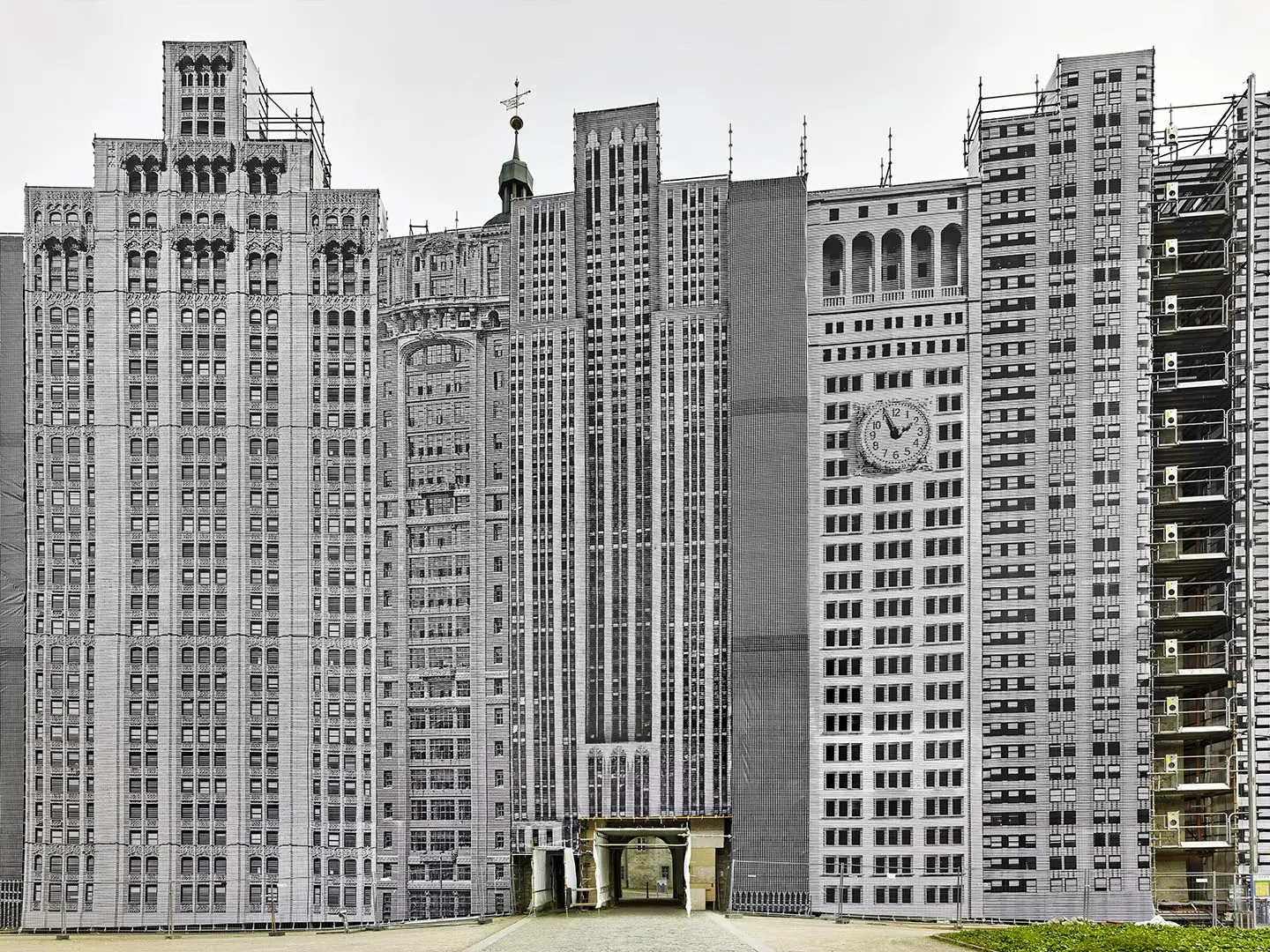
The City
Bettina Pousttchi originally trained as a photographer, but the relationship between space and architecture has characterised her oeuvre right from the outset. A fundamental moment that marked her passage from photography to the third dimension occurred in 2009, when she was asked to produce a project for the façade of the Temporäre Kunsthalle in Berlin, a temporary museum that stood opposite the site of the former East German parliament building, known as the Palast der Republik, demolished despite fervent objections the previous year. “I covered all four sides of the Kunsthalle with 970 posters that together made up the image of the building that had been dismantled. A photographic installation covering more than 2,000 m2 and 57 metres long,” she recalls. It was the first of an amazing series of façade installations that the artist subsequently created for a large number of buildings all over the world. On each occasion, her starting point is the history of the building and its setting. For example, for the façade of the Schirn Kunsthalle in Frankfurt in 2012, she recreated geometric motifs drawn from the Fachwerkhäuser – typical half-timbered German houses – adjacent to the museum, raising questions about building methods and the transformation of urban centres. In 2014, she covered three sides of Wolfsburg Castle with photographs of facades of skyscrapers that enjoyed the title of tallest building in the world for a while – a symbol of modernism in a city built equally recently, just in the late 1930s, to house Volkswagen workers. Pousttchi marked the 200th anniversary of the Berlin Konzerthaus by altering the perception of the building designed by Schinkel in 1821 with the addition of five new columns and challenging passers-by to stop and take a closer look. She has produced only one project of this kind in Italy, at the Nivola Museum in Orani. On that occasion, in 2017, she brought the Metropolitan Life Building into the Sicilian museum - a New York skyscraper that was criticised in its day for its brazen references to Italian architecture and which was situated right opposite Nivola’s American studio. He too was a protagonist of the cultural exchange between Italy and America.
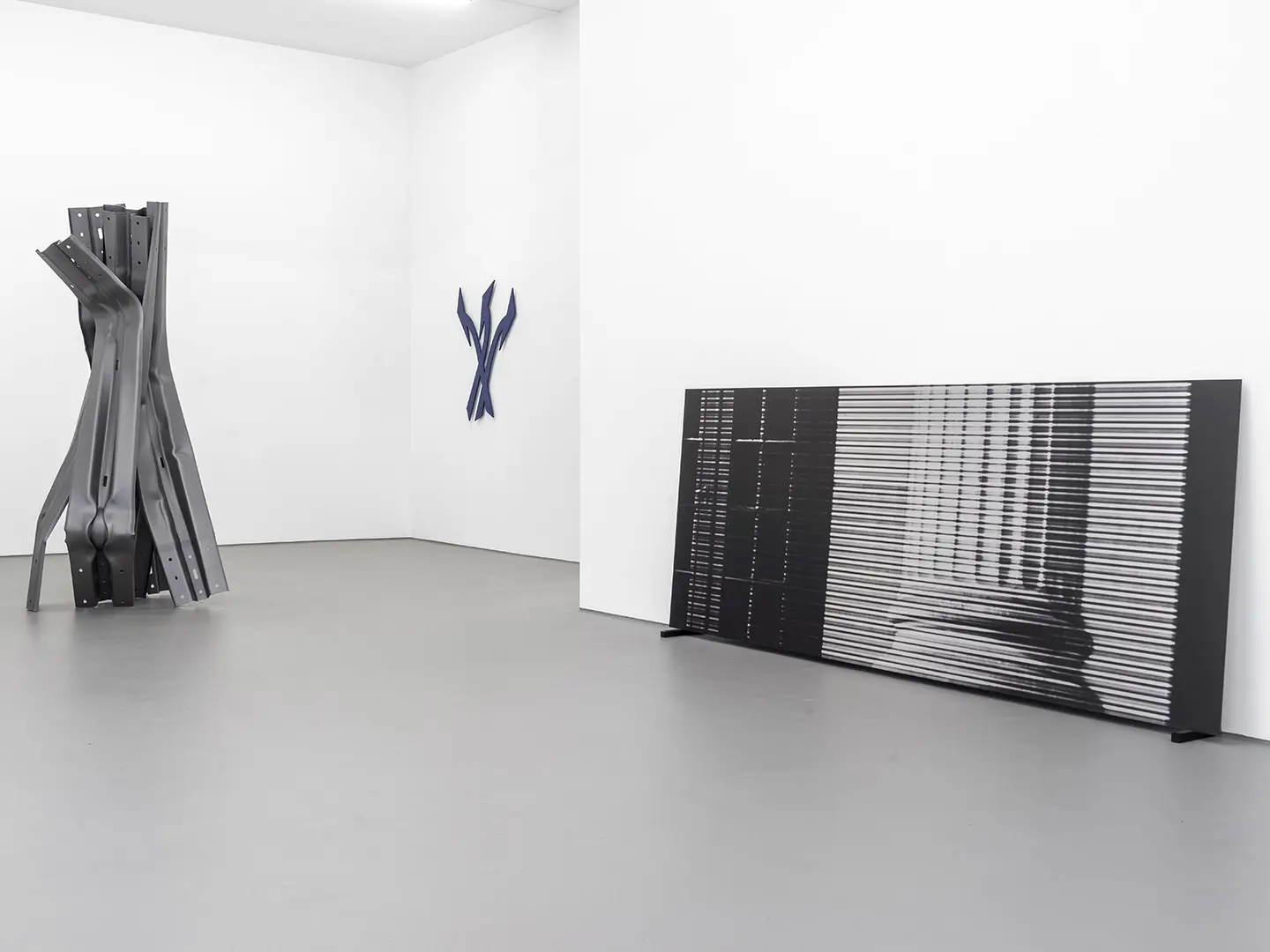
Bettina Pousttchi at Buchmann Galerie
Bettina Pousttchi’s output also includes ceramic art. In 2013, the artist began to repropose the geometric motif of the German half-timbered houses in this material, reworked in such a way as to be reminiscent of the geometric motifs of Oriental architecture. Exhibited at the Berlinische Galerie in 2019, they were a clear reference to the coming together of Western and Oriental culture in the largely Turkish district of Kreuzberg, where the museum is situated, and to the biography of the artist herself.


 Salone Selection
Salone Selection
